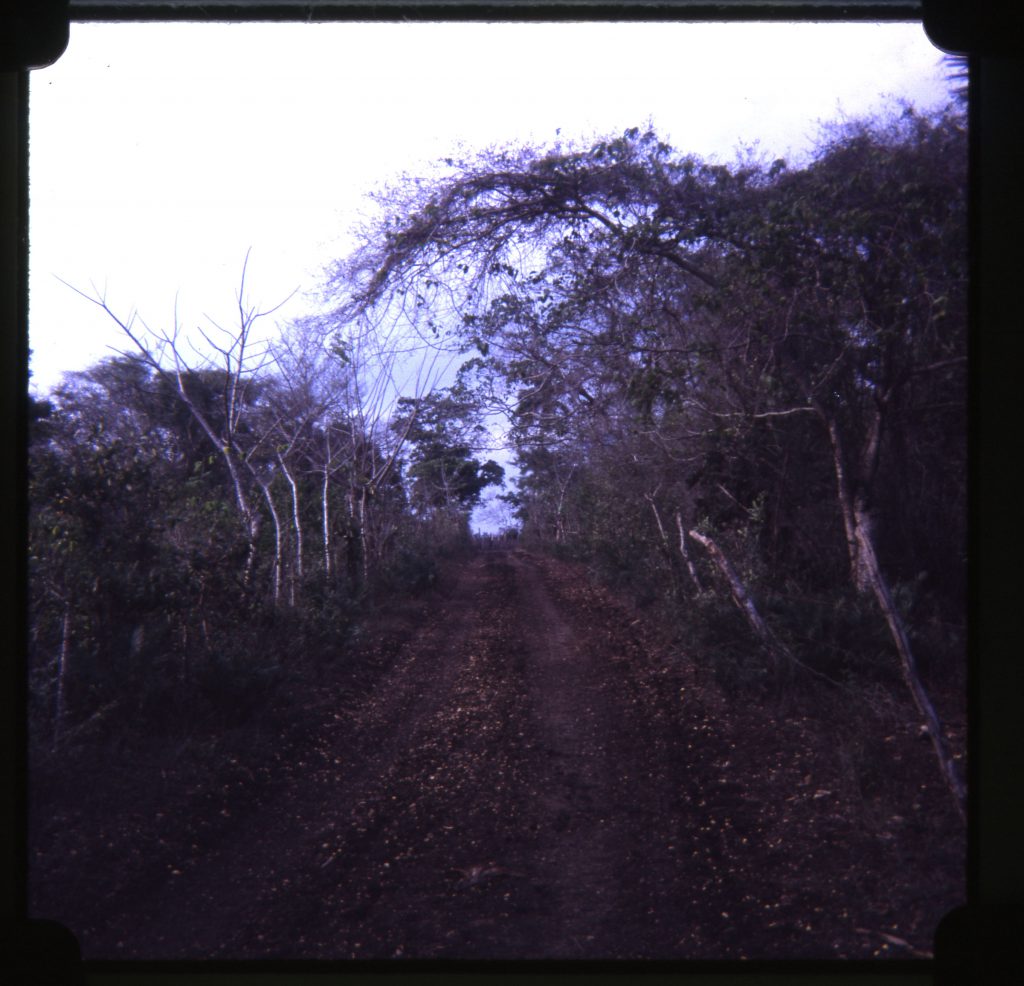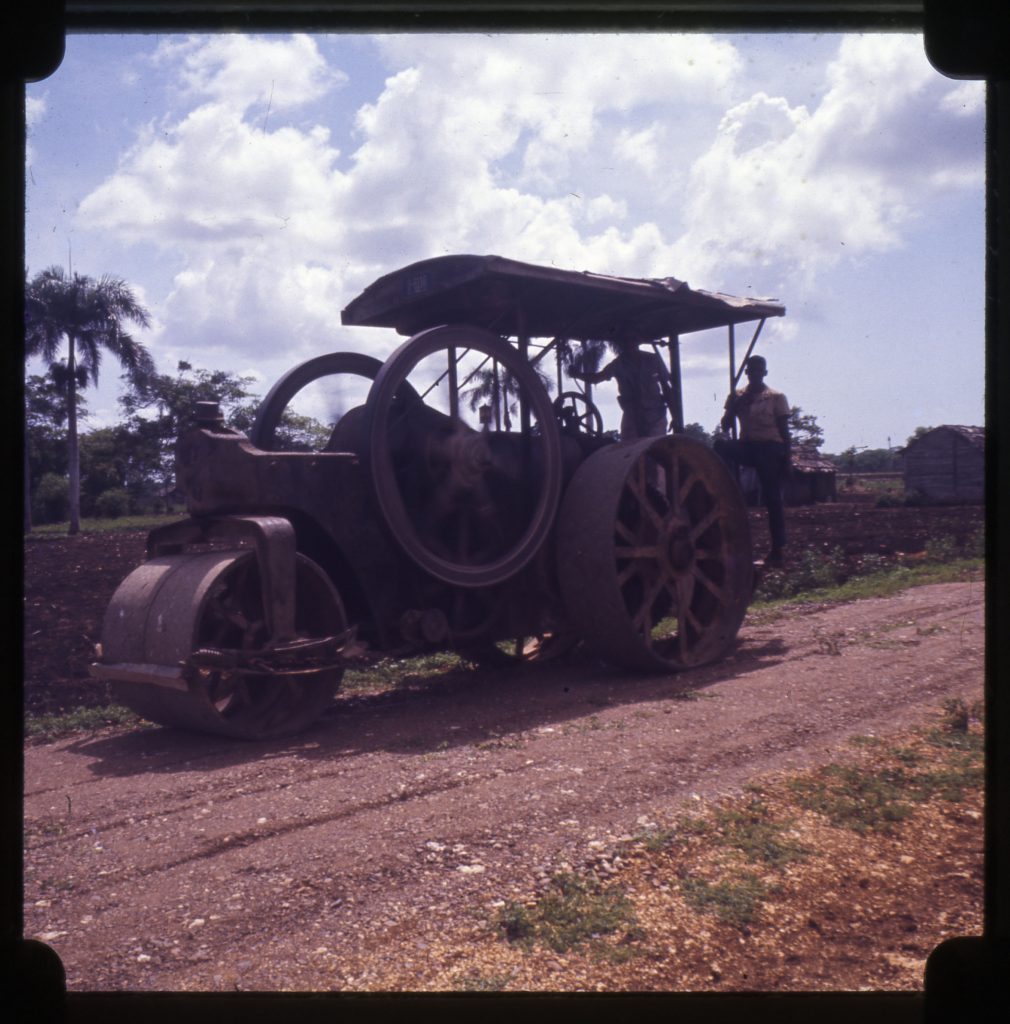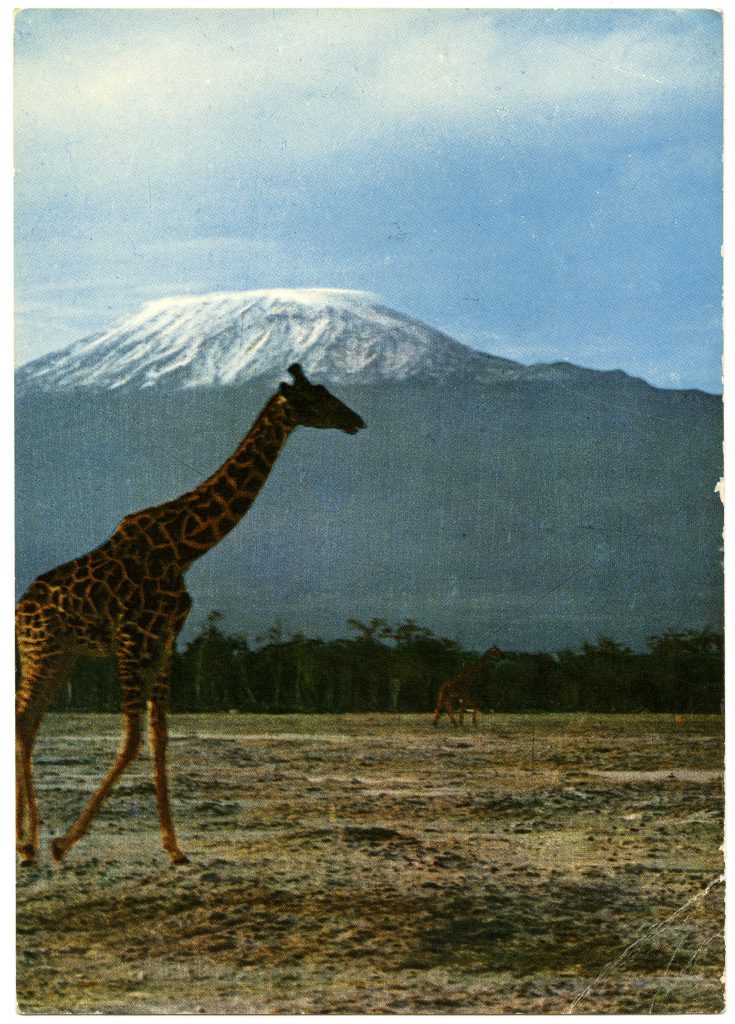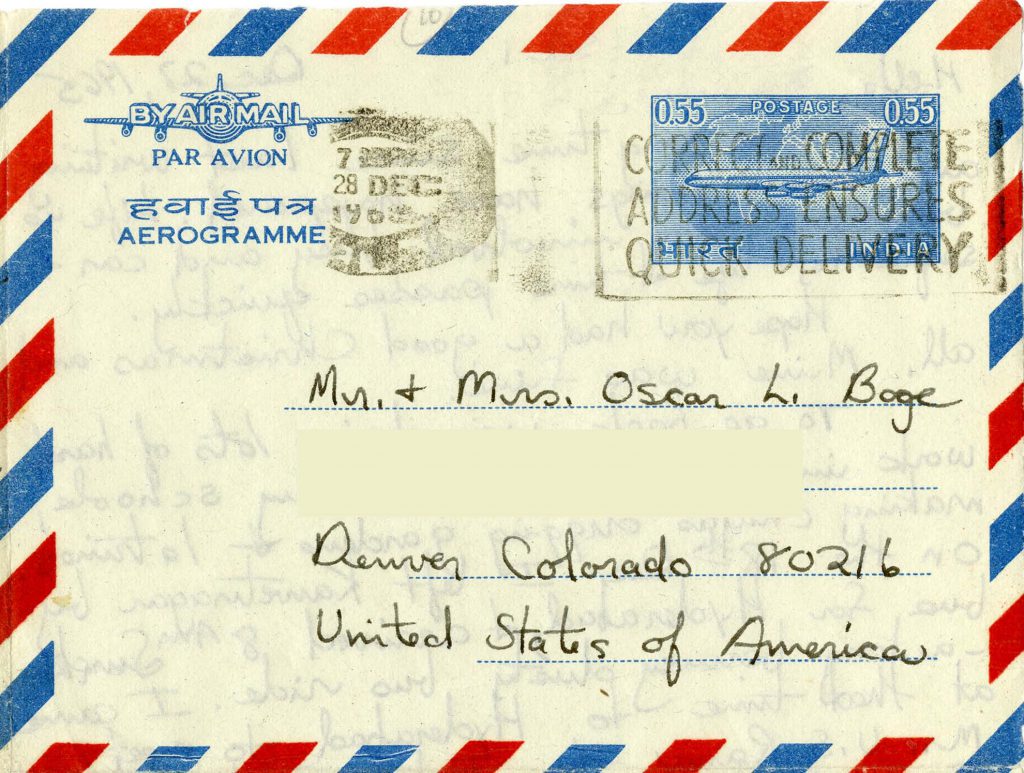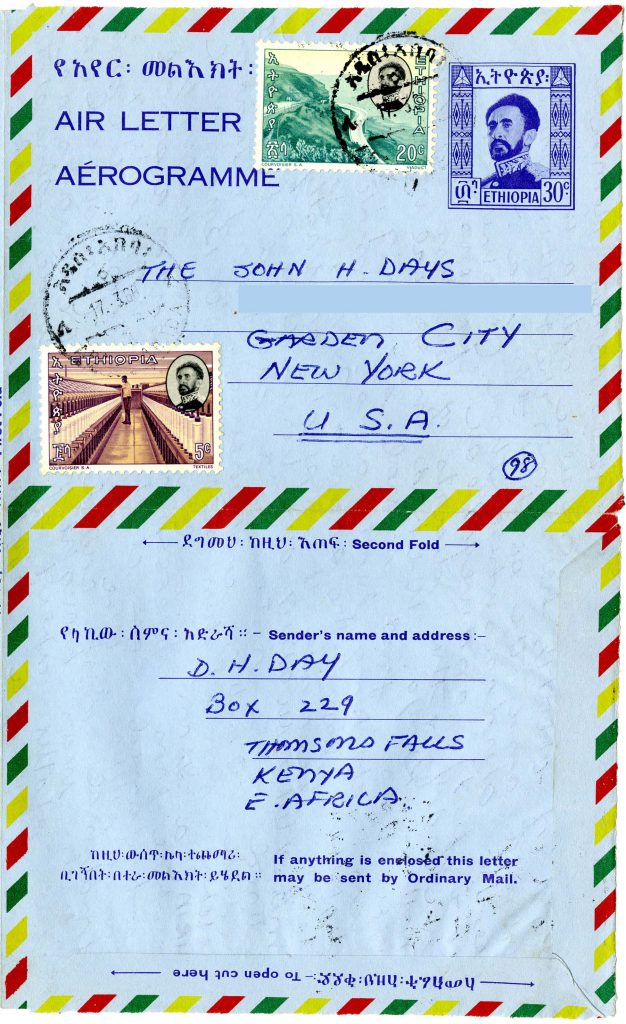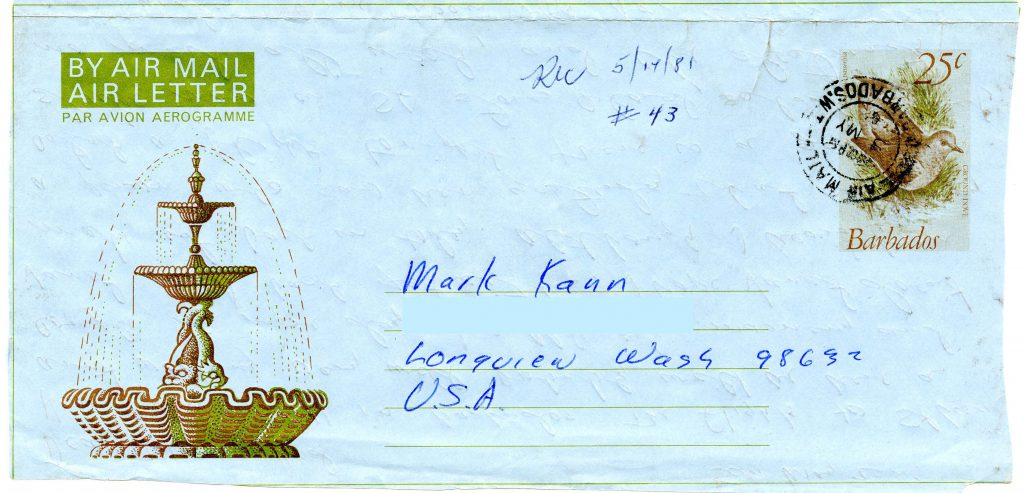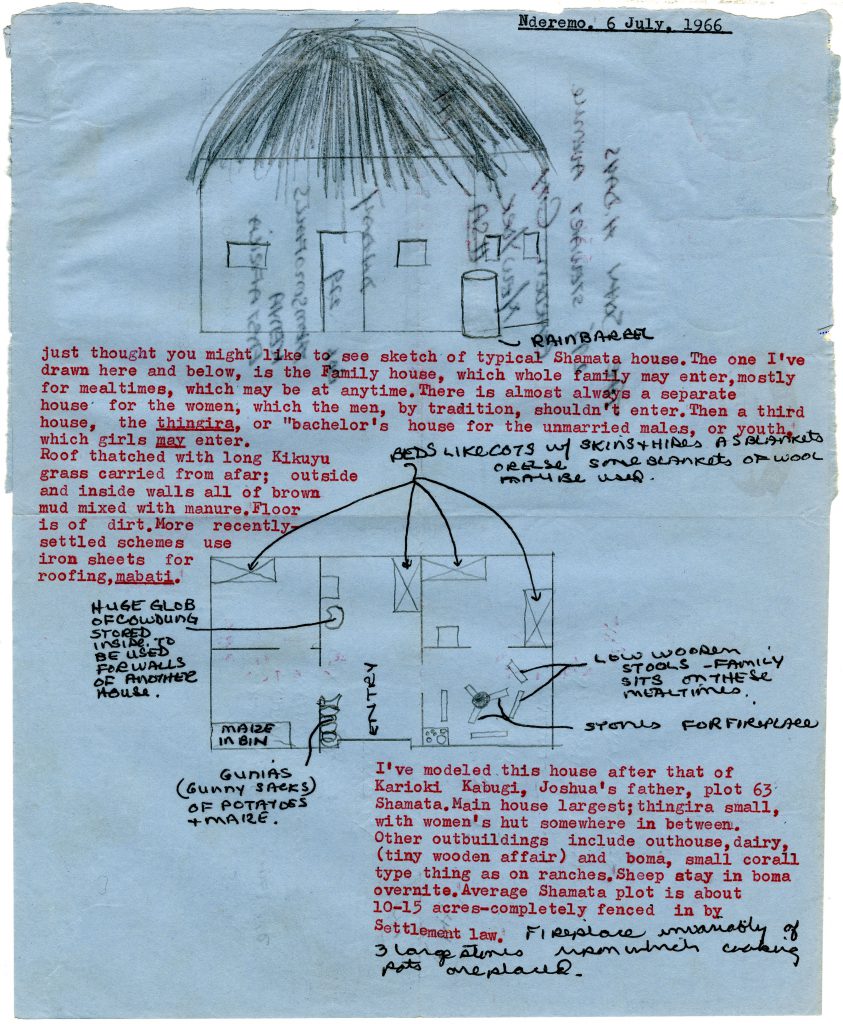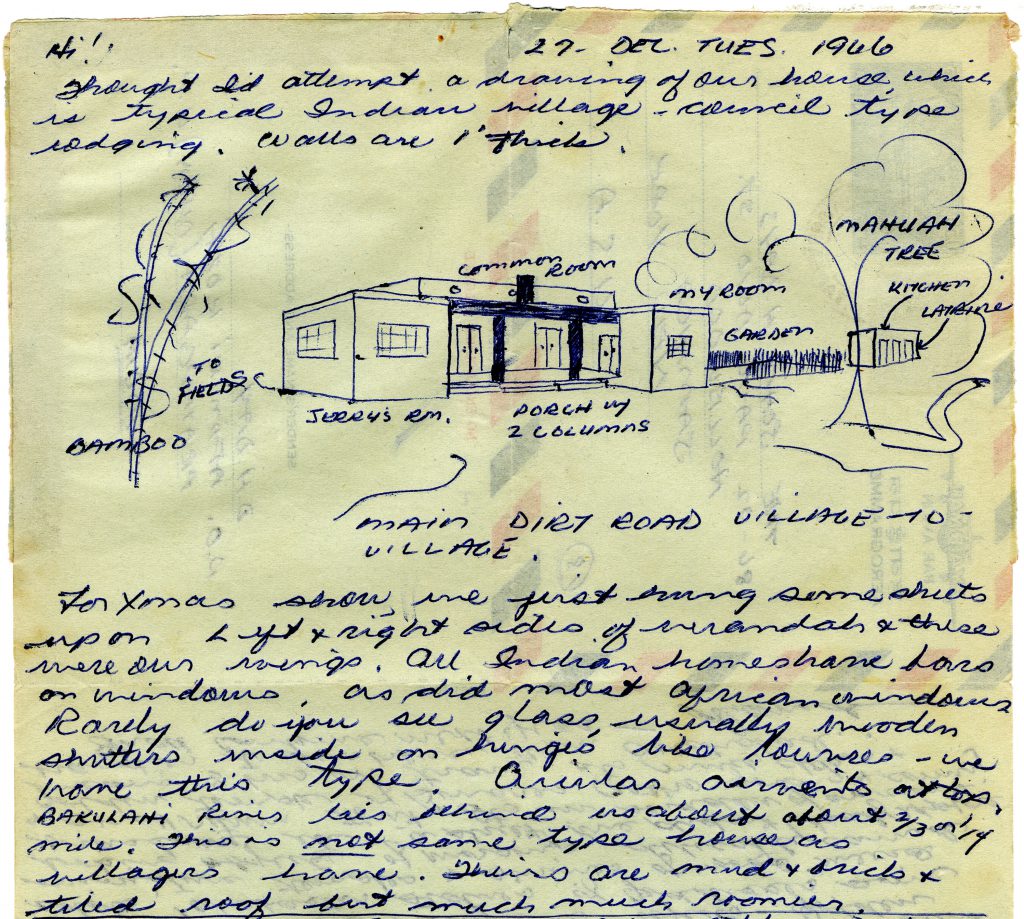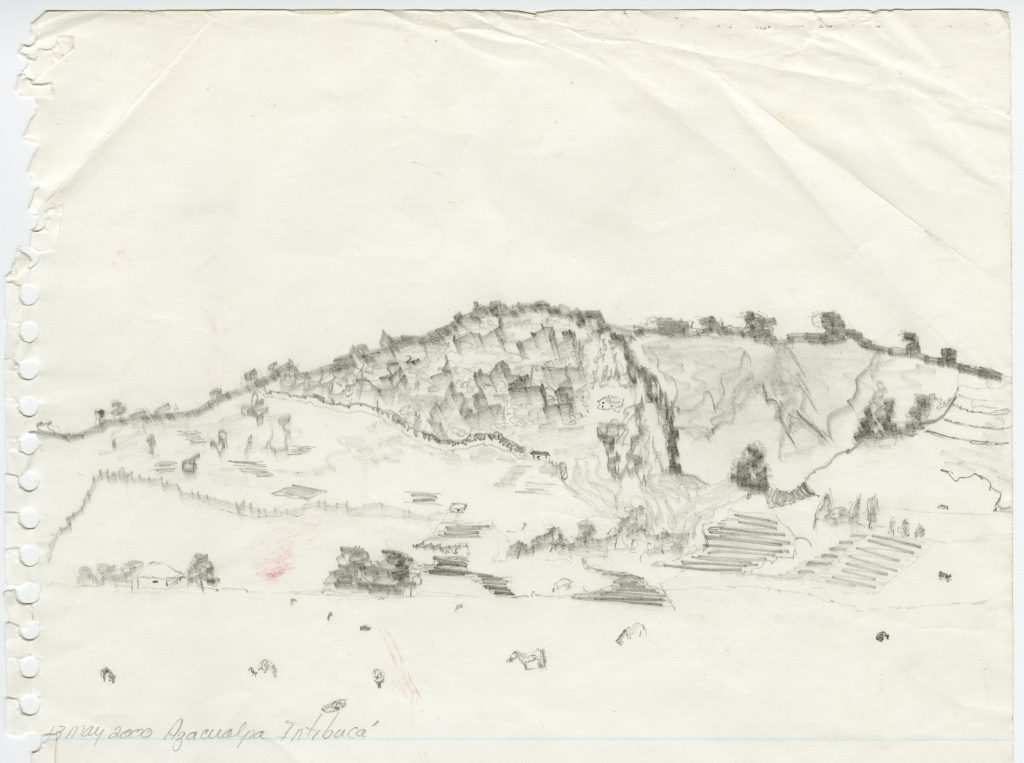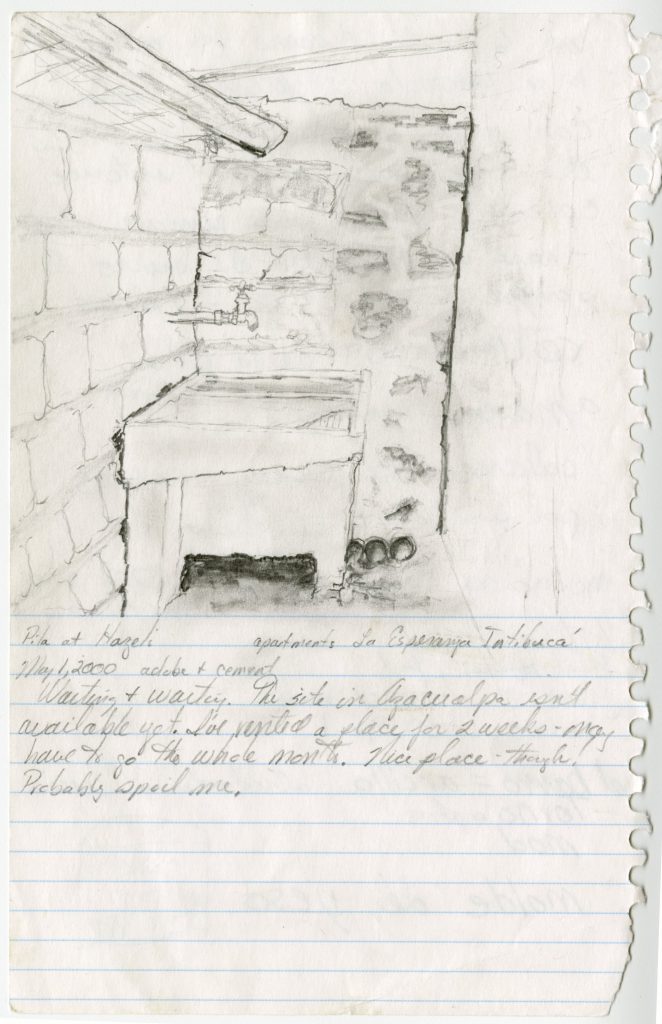Many Returned Peace Corp Volunteers recognize the value in preserving their experiences. Currently, the Peace Corps Community Archive has over 50 donors, but other volunteers, like Doug and Kate Hall, have created their own related collections.
Doug and Kate served in the Peace Corps from 1968 – 1969 and were stationed in Kathmandu, Nepal. They met during their Peace Corps training and were married in 1972, after their Peace Corps service. In the last few years, they have pushed for a collective effort from Nepal’s volunteers to digitize and catalog photographs taken between the years 1962 – 1975. Titled the PC Nepal Photo Project 1962-1975, the collection currently has over 90 contributors and 12,500 photographs.
According to Doug, the project does not emphasize the Peace Corps experience, but rather focuses on life in Nepal from 1962 – 1975. Specially, the images highlight Nepali life outside the Kathmandu Valley.
While libraries and archives in Kathmandu have photos from the 1930s, these are almost exclusively from the Kathmandu Valley. Peace Corps volunteers were mostly posted in towns and villages where no Nepali had a camera. Thus, these early photos are among the first ever taken in many regions of the country.
The photograph’s being collected represent a range of Nepali life. They span regions and lifestyles, from agriculture and rural schools to coronations and urban architecture.
In addition to the online collection which uses Adobe Lightroom, Hall has created a Facebook page that highlights the images by theme. Both are fantastic resources for researchers. Hall reports that once the project is complete he will share copies with 3 national libraries and archives in Nepal.
To donate to the PC Nepal Photo Project 1962-1975 please contact Doug Hall, doughallnh [at] comcast.net.

John Hughes submission
Date: 1971
Location: Shani-Arjun, Jhapa
Description: A rural scene in Parakhopi. The man is an Indian sadhu.

Carl Hosticka submission
Date: 1967
Location: Gulmi
Description: A wedding party. The sounds of the band echo across the valleys and can be heard for miles.

Carl Hosticka submission
Date: 1966-07-14
Location: Majhuwa, Gulmi
Description: One of a series of pictures depicting rice cultivation.The field is partially flooded and the plowing is continued.

David Carlson submission
Date: 1964-1965
Location: Baglung, Baglung
Description: Women wash themselves and clothing in the sacred waters of the Kali Gandak as part of the Dashain festival.

Diane Wishinski submission
Date: 1964
Location: Kathmandu, Kathmandu
Description: Tibetans hand-weaving rugs.

Bill Hacker submission
Date, Location, and Description unknown

Hank Lacy submission
Date: 1968
Location: Baglung, Baglung
Description: Women cross a crude suspension bridge across the Kali Gandaki River, near Baglung, with heavy loads of firewood.

Bob Nichols submission
Date: 1972
Location: Kathmandu, Kathmandu
Description: Gaun Panchayat banner at a holiday event

Bob Nichols submission
Date: 1968-04
Location: Solukhumbu
Description: Girl in field. Picture may be at the Lukla airstrip. Rock fence row in the background.

Jim Coleman submission
Date: 1973
Location: Bhaktapur, Bhaktapur
Description: Red peppers spread out to dry on mats in a street

Stu Ullmann submission
Date: 1964-01
Location: Pokhara, Kaski
Description: Residents of Pokhara and nearby villages coming to the Seti Gandaki at Ram Ghat for ritual bathing during the Magh Mela. This view is from the east side looking west at the point where the Seti Gandaki emerges from a deep gorge and widens out (Ram Ghat).

Mike Gill and Barbara Butterworth submission
Date: 1978-12
Location: Sindhuli
Description: Porters carrying empty kerosene cans in the riverbed of the Sun Koshi.

Gerard Oicles submission
Date: 1969-1971
Location: Siraha
Description: Group of women pressing and flattening marijuana (ganja). Ganja was the most important cash crop in the district. The price of finished ganja was 12 rupees per kilo in the local market. By the time it hit Europe, it was $120/kilo and had been cut.

Rick Pfau submission
Date: 1975-02
Location: Kathmandu, Kathmandu
Description: Preparations for the coronation of King Birendra.

Larry Daloz submission
Date: 1964-05
Location: Bhojpur, Bhojpur
Description: Gold and silversmiths sell gold ear and noserings, silver wrist and anklets. Clearly, paper money was much used at this time, though notice the necklace of old Indian rupees that was still a staple of women’s clothing, showing off to the community women’s value.



